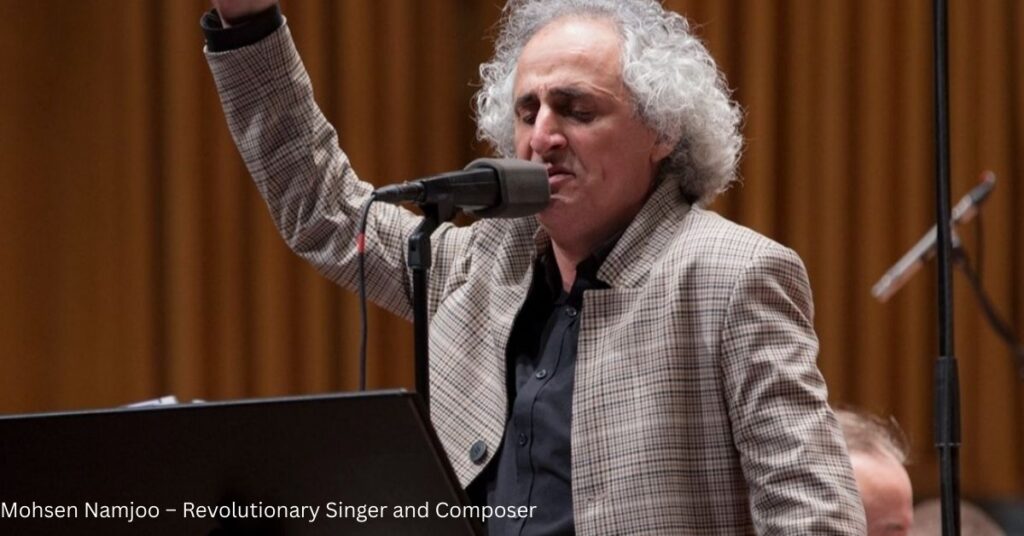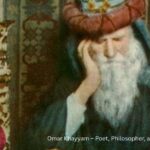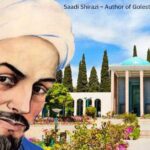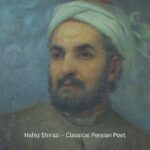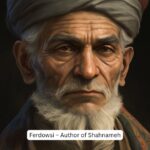Mohsen Namjoo is widely regarded as one of the most revolutionary figures in contemporary Iranian music. Often referred to as the “Bob Dylan of Iran”, Namjoo has broken boundaries with his bold fusion of classical Persian music, Western rock, blues, and jazz. His fearless lyrics, unique vocal style, and innovative compositions have made him not just a musician, but also a cultural icon whose work continues to inspire generations worldwide.
Early Life and Musical Roots
Born on March 4, 1976, in Torbat-e Jam, Iran, Mohsen Namjoo grew up surrounded by the rich traditions of Persian music and poetry. His early exposure to the works of legendary poets such as Hafez, Rumi, and Ferdowsi deeply influenced his artistic vision. Namjoo began studying classical Persian music at a young age, later enrolling at the University of Tehran to study music composition. However, his desire to experiment with new sounds soon pushed him beyond the conventional boundaries of traditional Iranian music.
A Unique Musical Style
Namjoo’s music is revolutionary because it defies categorization. He blends traditional Persian instruments like the setar and tar with electric guitars, drums, and even elements of blues and rock. His distinctive vocal technique often shifts between classical singing, spoken word, and unconventional improvisation, creating a raw and deeply emotional listening experience.
This ability to merge old and new has positioned Namjoo as a trailblazer, giving Iranian music an entirely new identity in the global music scene. His compositions often carry philosophical and social messages, addressing issues such as identity, politics, freedom, and human struggle.
Confronting Controversy
Namjoo’s fearless approach has not been without challenges. In Iran, his unconventional interpretations of religious and traditional texts stirred controversy, leading to restrictions on his performances. Despite these obstacles, he remained committed to expressing his artistic truth. In 2009, Namjoo left Iran and continued his musical career abroad, gaining a wider international audience.
His exile gave him more freedom to experiment and collaborate with global artists, while also enabling him to serve as a voice for Iranians living both inside and outside the country.
International Recognition
Since leaving Iran, Mohsen Namjoo has performed across Europe, the United States, and other parts of the world. His concerts often attract diverse audiences, including both Iranian expatriates and international music lovers. Albums such as Toranj, Oy, and Alaki showcase his mastery of blending poetry, melody, and cultural critique.
In addition to performing, Namjoo has lectured at prestigious institutions, including Stanford University, sharing his insights on Persian music, culture, and artistic innovation. His work has been praised for bridging cultural divides, showing how music can be both deeply rooted in tradition and boldly modern.
Influence and Legacy
What makes Mohsen Namjoo truly revolutionary is his unwavering dedication to authenticity. He has opened the doors for a new generation of Iranian musicians who seek to challenge norms and express their creativity without fear. By merging classical Persian music with global genres, Namjoo has proven that tradition and modernity can coexist in powerful harmony.
His lyrics, often infused with social commentary, resonate with listeners who long for freedom and change. As a result, Namjoo is not only a musician but also a cultural voice for Iranians navigating the complexities of modern life.
Conclusion
Mohsen Namjoo’s career is a testament to the transformative power of music. As a revolutionary singer and composer, he has reshaped the landscape of Iranian music and given it a new global identity. His fearless experimentation, bold lyrics, and ability to connect tradition with modernity have made him an enduring figure in contemporary music.
For those who seek music that challenges conventions while remaining deeply soulful, Mohsen Namjoo stands as a true pioneer—an artist who continues to inspire through his revolutionary sound.
